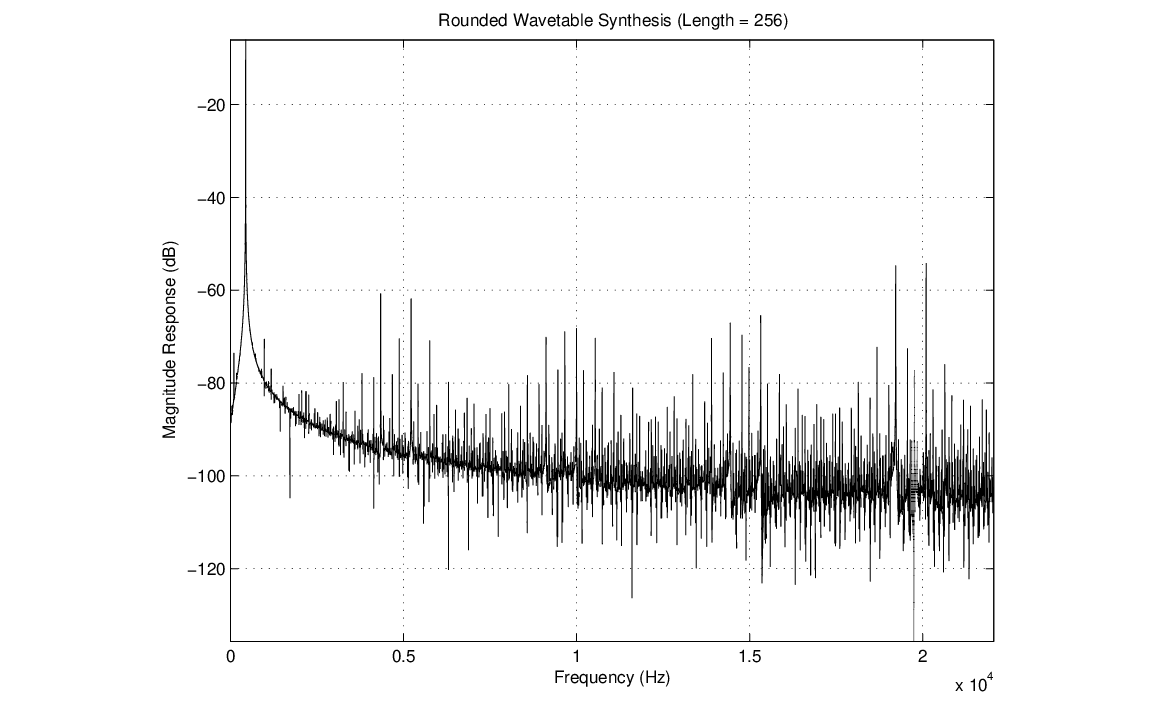Next: Filter Parameters Up: Digital Filtering Previous: Digital Filtering
 ), ideally only passing frequency components below the cutoff.
), ideally only passing frequency components below the cutoff.
 .
.
 indicates a “sharper” resonance.
indicates a “sharper” resonance.

| ©2004-2025 McGill University. All Rights Reserved. Maintained by Gary P. Scavone. |